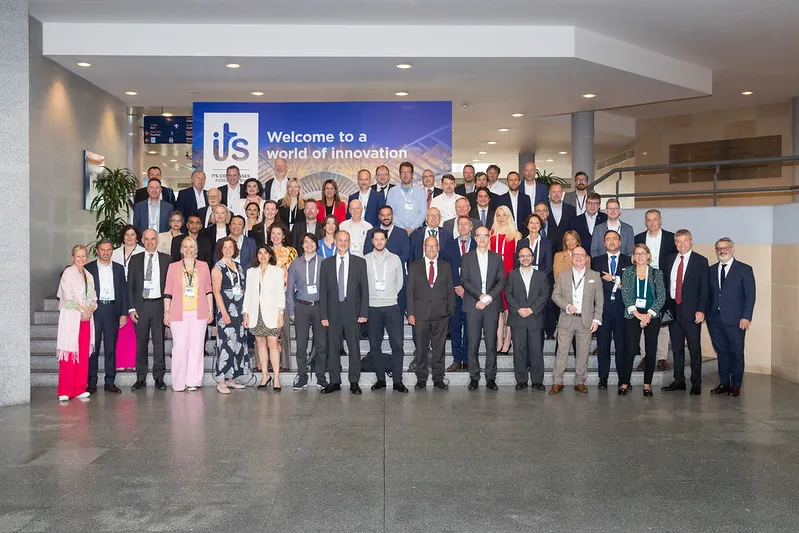The European Union has unveiled a list of 195 transport projects that will receive US$7.4 billion (€6.7 billion) of funding under the Connecting Europe Facility (CEF). This investment is expected to unlock additional public and private co-financing for a combined amount of US$11 billion (€9.6 billion).
The selected projects are primarily located on the core trans-European transport network (TEN-T). Among the beneficiaries are flagship initiatives such as the rehabilitation of the Brasov Sighisoara rail s
June 28, 2016
Read time: 2 mins
The European Union has unveiled a list of 195 transport projects that will receive US$7.4 billion (€6.7 billion) of funding under the Connecting Europe Facility (CEF). This investment is expected to unlock additional public and private co-financing for a combined amount of US$11 billion (€9.6 billion).
The selected projects are primarily located on the core trans-European transport network (TEN-T). Among the beneficiaries are flagship initiatives such as the rehabilitation of the Brasov Sighisoara rail section in Romania, the railway connection Aveiro Vilar Formoso in Portugal, the development of a standard gauge railway line in the Rail Baltic corridor, the implementation of the SESAR Deployment Programme and the modernisation of railway line E30 (the Zabrze – Katowice – Krakow section) in Poland.
Launched in November 2015, the second CEF calls for proposals generated 406 eligible project proposals. With US$14 billion (€12.49 billion) of requested EU funding, the calls were widely oversubscribed. This allowed the Commission to select the projects with the highest European added value, while guaranteeing a balanced distribution geographically and between the transport modes.
The proposed funding decision must now be formally approved by the Connecting Europe Facility Coordination Committee, which will meet on 8 July 2016.
The selected projects are primarily located on the core trans-European transport network (TEN-T). Among the beneficiaries are flagship initiatives such as the rehabilitation of the Brasov Sighisoara rail section in Romania, the railway connection Aveiro Vilar Formoso in Portugal, the development of a standard gauge railway line in the Rail Baltic corridor, the implementation of the SESAR Deployment Programme and the modernisation of railway line E30 (the Zabrze – Katowice – Krakow section) in Poland.
Launched in November 2015, the second CEF calls for proposals generated 406 eligible project proposals. With US$14 billion (€12.49 billion) of requested EU funding, the calls were widely oversubscribed. This allowed the Commission to select the projects with the highest European added value, while guaranteeing a balanced distribution geographically and between the transport modes.
The proposed funding decision must now be formally approved by the Connecting Europe Facility Coordination Committee, which will meet on 8 July 2016.








